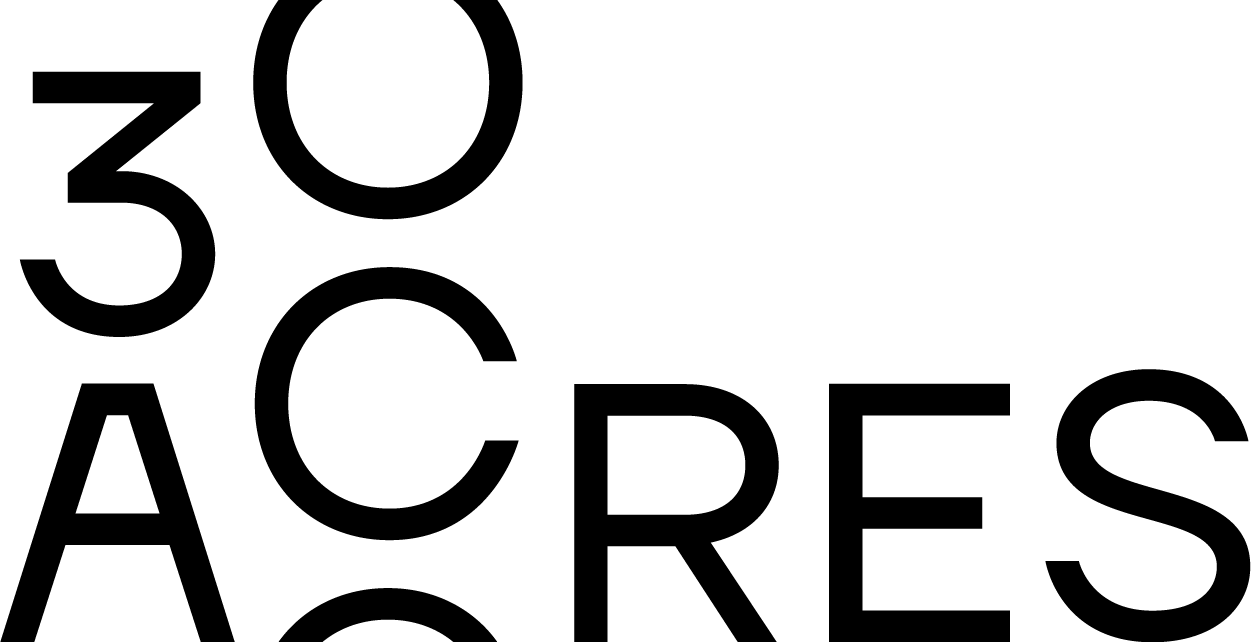Going global? Here are 7 factors to consider in the Shopify Markets vs. Expansion Stores jungle
Yes, we totally understand. Deciding between using Shopify Markets (single-store option) and Expansion stores (multi-store option) can be quite complex, so let us sort this out for you. As with most things in life, it depends. To give you some direction, we have pinpointed seven key factors you need to consider when going international on Shopify: Number of SKUs, Content differences, SEO strategy, Operational complexity, Customisation needs, Budget & Resources, and Scalability.
These factors will guide you in deciding which direction to go. However, we at 30Acres are real wizards and can make most things happen to fit your needs. It's not a definitive choice between the options, we can work with you to customise either approach. Let’s dive right in!
More of a talker?
Let's talk1. Number of SKUs (Stock Keeping Units)
Shopify Markets: Ideal for businesses with a smaller, more manageable number of SKUs, as it allows you to easily manage inventory and product listings from a single store. This setup simplifies inventory management and reduces the complexity associated with stock control. It also ensures consistency across different markets, helping to streamline operations and maintain a cohesive brand identity.
Expansion Stores: Better for businesses with a large number of SKUs that may vary significantly between regions, providing more flexibility and customisation for different product ranges. This approach allows each region to have its own distinct product offerings tailored to local preferences and demands. Additionally, it enables better management of diverse inventories, catering specifically to the needs and preferences of each market.
2. Content Differences
Shopify Markets: Suitable if the content differences (e.g., product descriptions, marketing messages) are minor and can be managed through localised settings within the same store. This means you can easily adjust content such as language and currency for different regions while maintaining a unified backend system. It simplifies content updates and ensures that all markets receive consistent brand messaging with slight localised tweaks.
Expansion Stores: Necessary when there are significant content differences, such as region-specific promotions or compliance with local regulations. This setup allows for a more tailored approach to content, enabling businesses to fully cater to the unique cultural and regulatory needs of each market. It ensures that the content is relevant and engaging for local audiences, enhancing customer experience and compliance.
3. SEO Strategy
Shopify Markets: Allows you to have a folder/subdirectory domain structure (example: /en-us or /es-es) that can help to consolidate the SEO efforts especially in terms of link earning, making it easier to manage and optimise SEO on a global scale. This approach leverages the authority of a single domain, helping to boost overall search rankings. It also simplifies SEO management, ensuring consistent strategies and practices across all markets while allowing for local keyword optimisation.
Expansion Stores: Offers better control over region-specific SEO strategies, enabling you to optimise each site individually for local search engines and audience behaviours. This method allows for highly targeted SEO practices tailored to the search habits and preferences of each market. It provides flexibility in developing distinct SEO strategies that can better address the competitive landscape in each region.
What we recommend when using either of these methods is to make the experience as unique as possible and to have a strategy behind it, rather than just adopting a 'duplicate site and ticking markets' approach. Things to consider could be cultural/language differences, season differences in terms of products featured and local messaging. We are always happy to help form this strategy to add value to your business and support your journey of going global.

4. Operational Complexity
Shopify Markets: Reduces operational complexity by centralising management tasks, such as inventory control, order processing, and customer support, within a single platform. This streamlined approach simplifies day-to-day operations and reduces administrative overhead. It ensures that all markets operate under a unified system, making it easier to implement and manage company-wide policies and procedures.
Expansion Stores: Increases operational complexity but provides greater control and customisation, which can be beneficial if each market requires unique operational processes. This setup allows for tailored operational strategies that can better meet the specific needs of each region. It offers the flexibility to adapt operations to local market conditions, enhancing efficiency and customer satisfaction.
5. Customisation Needs
Shopify Markets: Offers a unified setup with customisation options for different markets, which is sufficient for businesses with standard needs across regions. This approach provides the flexibility to implement minor customisations, such as local payment methods and shipping options, without the need for separate infrastructures. It ensures a balance between customisation and operational simplicity.
Expansion Stores: Essential if extensive customisation is needed for each market, including different payment methods, shipping options, and website design elements. This method allows for a highly tailored customer experience, ensuring that each site can fully address the preferences and expectations of its local audience. It provides the ability to implement unique features and functionalities specific to each market.
6. Budget and Resources
Shopify Markets: More cost-effective for businesses with limited budgets and resources, as it avoids the need to maintain multiple separate sites. This approach reduces initial setup costs and ongoing maintenance expenses, making it a more economical choice for smaller businesses or those looking to optimise their budget. It also simplifies resource allocation, allowing teams to focus on a single platform.
Expansion Stores: Requires more investment in terms of setup, maintenance, and marketing for each site but offers tailored solutions for diverse market demands. This method involves higher costs due to the need for multiple infrastructures and dedicated teams for each site. However, it provides the potential for greater returns by enabling a more precise and effective market strategy for each region.

7. Scalability
Shopify Markets: Easier to scale as your business grows, with the ability to add new markets and manage them within the same platform. This approach supports business expansion by allowing for seamless integration of new regions without the need for significant infrastructure changes. It ensures that growth can be managed efficiently and effectively within a single system.
Expansion Stores: Scalability might be more complex and resource-intensive, but it allows for highly specialised and focused market expansion. This method requires careful planning and investment but offers the flexibility to fully customise each new market entry. It supports strategic growth by enabling detailed and targeted market approaches. Each expansion store will allow Shopify markets for multiple countries to be set-up and meet your international growth objectives.
How we helped Fliteboard - A merged approach
Fliteboard came to us with complex requirements for their international strategy. Having different headquarters, teams and warehouses across the globe, a well thought techstack was required to support their international growth but also accommodate for the various country specific requirements such as taxes and duties along with shipping rules.
Being on Shopify PLUS, our approach was to use the expansion stores for each region and use markets to enable countries within these regions. This allowed them to configure taxes, pricing and shipping rules at a country level.
To navigate between the stores, we have built a custom country selector that allows users to navigate from one country (Fliteboard customers may be outside of their residence country when purchasing a product - on a yacht somewhere) to another.

Conclusion
Deciding between Shopify Markets and Expansion stores ultimately depends on the specific needs and goals of your business. Consider the number of SKUs, the extent of content differences, your SEO strategy, operational complexity, customisation needs, budget, resources, and scalability to make an informed decision. Each option has its advantages, and the best choice will align with your business's unique requirements and growth plans. Sometimes using a combination of both is the winning concept.
We at 30Acres are always up for the chat, and would love to guide you through this decision to help you grow globally.



Leave a comment
This site is protected by hCaptcha and the hCaptcha Privacy Policy and Terms of Service apply.